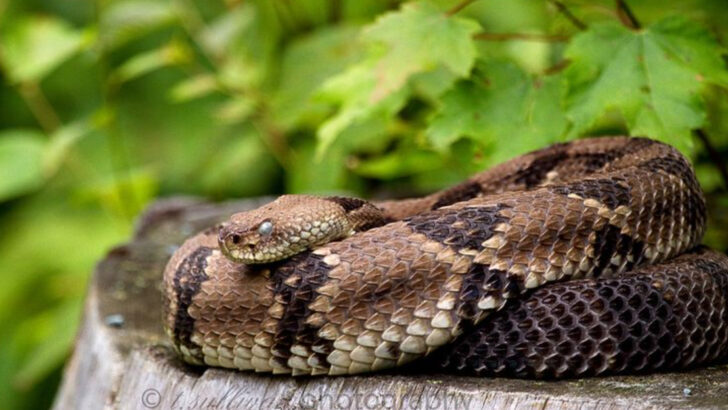Shenandoah National Park, a natural haven sprawling across Virginia’s Blue Ridge Mountains, is a sanctuary for numerous rare and elusive animal species.
This rich biodiversity makes it a treasured destination for nature enthusiasts and wildlife photographers alike.
In this blog post, we explore 18 exceptional animal sightings that contribute to the park’s untamed charm.
From elusive mammals to rare birds, each sighting tells a unique story of survival and adaptation in the wild.
Join us as we journey into the heart of Shenandoah’s wilderness, discovering the fascinating creatures that call it home.
Spotted Salamander
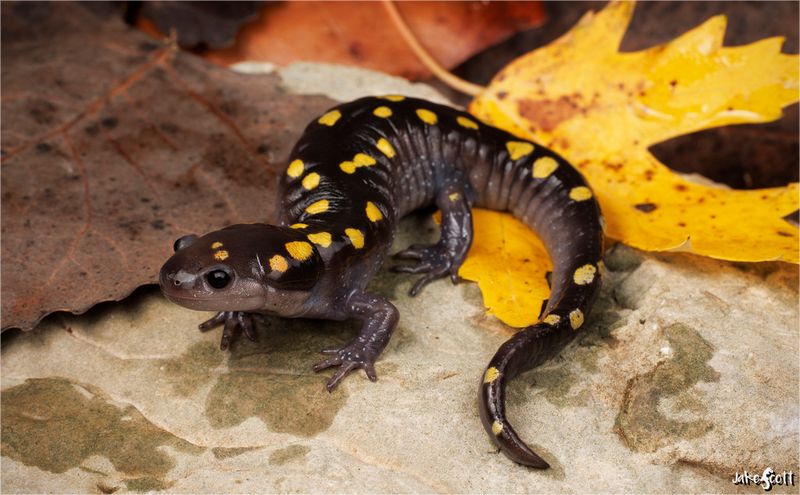
With its striking yellow spots set against a dark, smooth body, the spotted salamander is a sight to behold in the damp regions of Shenandoah National Park.
This elusive amphibian is nocturnal, often only revealing itself after heavy rains. It plays a crucial role in the ecosystem, controlling insect populations. Did you know? The spotted salamander has a symbiotic relationship with algae, which helps it breathe.
Its presence is a testament to the park’s healthy environment, as it thrives in clean, unpolluted habitats. Finding one is like discovering a hidden gem in the forest floor.
Eastern Box Turtle
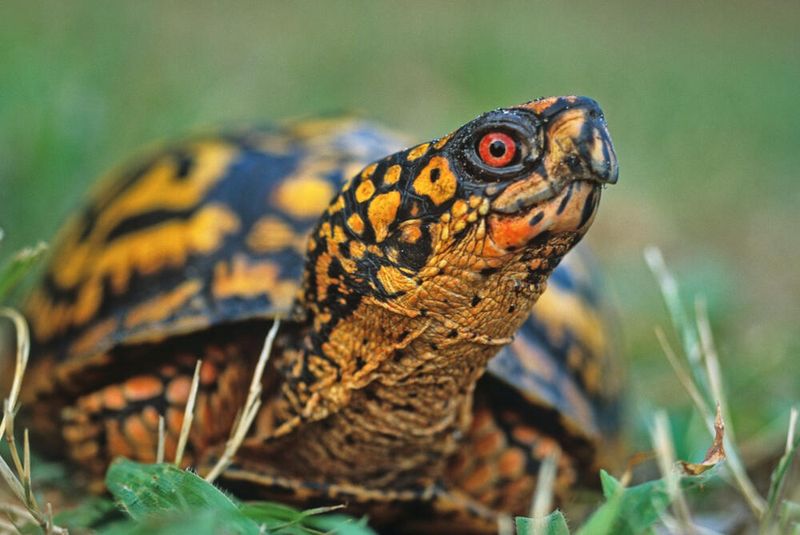
The Eastern Box Turtle, with its ornate shell and gentle demeanor, is a beloved resident of Shenandoah. These turtles are known for their longevity, often living for several decades.
Their domed shells, adorned with intricate patterns, provide excellent camouflage amongst the fallen leaves and underbrush. They are slow but steady wanderers, preferring moist environments.
Fun fact: Eastern Box Turtles can completely close their shells, offering protection from predators. Observing one in the park is like stepping back in time, as they have been part of the American landscape for centuries. Their resilience is truly admirable.
Peregrine Falcon
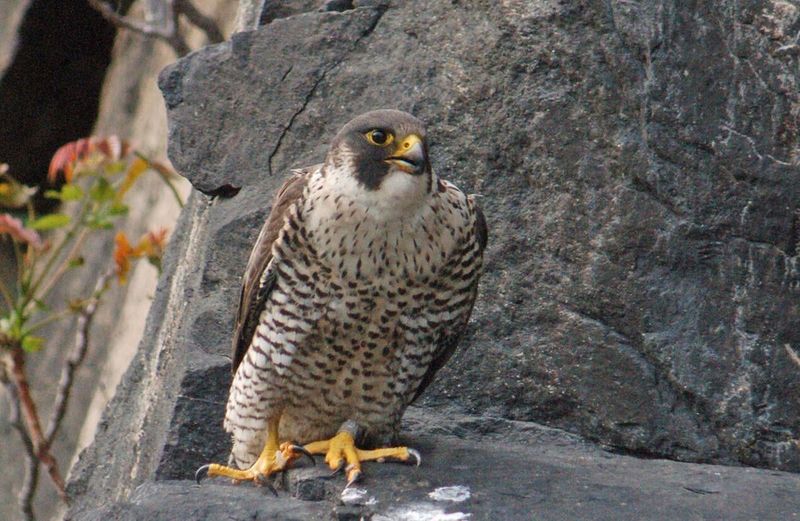
Known as the world’s fastest bird, the Peregrine Falcon can reach speeds of up to 240 mph during its characteristic hunting stoop. Its presence in Shenandoah is an indicator of the park’s pristine air quality.
These birds are often seen soaring high above the cliffs, scanning for prey with their keen eyesight.
Did you know? Peregrines were once on the brink of extinction due to pesticide use but have made a remarkable comeback. Spotting one in Shenandoah is both thrilling and symbolic of successful conservation efforts. Their regal demeanor captures the essence of wild freedom.
Black Bear
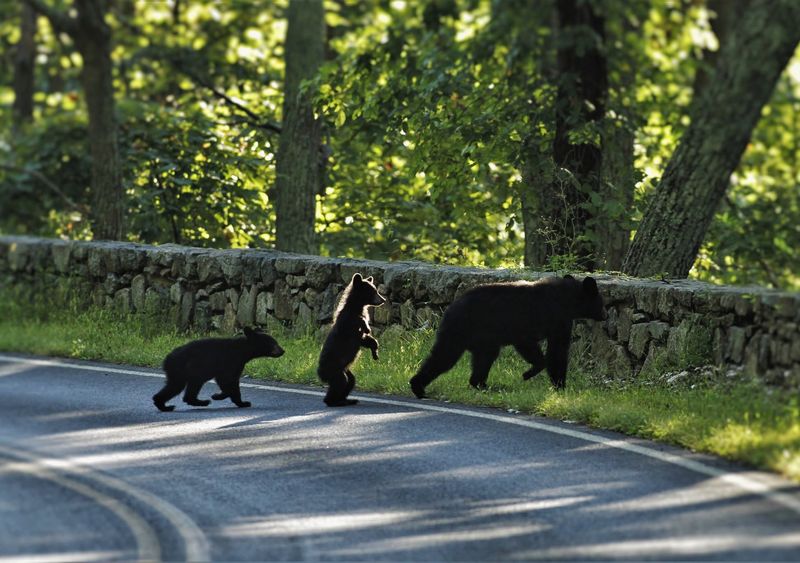
The Black Bear is perhaps the most iconic mammal in Shenandoah National Park. These bears are mostly solitary animals, roaming vast territories in search of food.
With their keen sense of smell, they’re often found near berry patches or streams. While generally shy, they are a symbol of wilderness.
Fascinatingly, black bears are excellent tree climbers, using this skill to escape danger or find food. Observing a black bear in its natural habitat is a thrilling experience, reminding us of the untamed spirit of the American wilderness.
Timber Rattlesnake
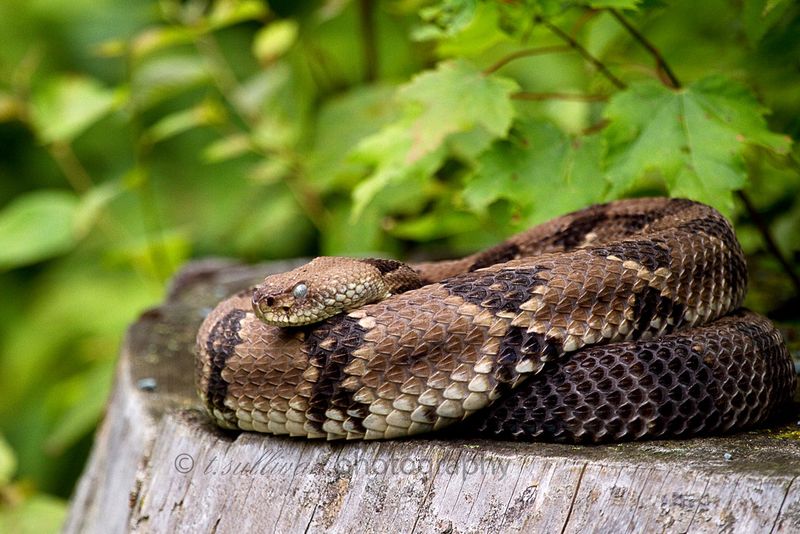
The Timber Rattlesnake, with its distinctive rattle and diamond pattern, commands both respect and caution. Found basking on sunlit rocks, it plays a vital role in controlling rodent populations.
Despite its fearsome reputation, it is generally reclusive and avoids human interaction. Its rattle serves as a warning, a marvel of natural evolution, giving it an edge in the wild.
Did you know? Timber rattlesnakes can live over 20 years in the wild. Discovering one is a reminder of the park’s rich and sometimes hazardous biodiversity, adding to its wild allure.
Bobcat
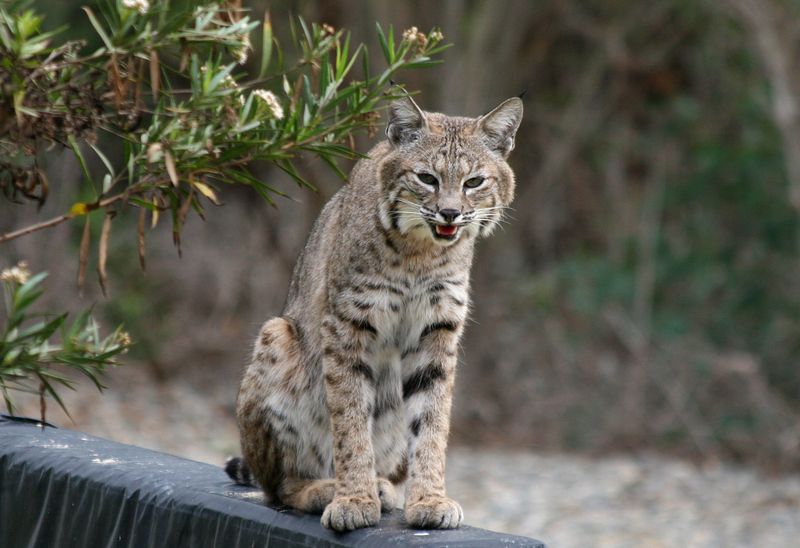
With its stealthy movements and keen hunting skills, the bobcat is a master of the Shenandoah forests. These elusive cats are rarely seen, as they prefer to hunt at dusk and dawn.
Their tufted ears and short tail are distinctive features, aiding in communication and balance. Bobcats prey on a variety of animals, from rabbits to birds, showcasing their adaptability.
Fun fact: Bobcats are excellent swimmers, though they rarely take to water. Spotting a bobcat is a rare treat, a testament to the park’s thriving ecosystem where predators and prey coexist in harmony.
Eastern Whip-poor-will
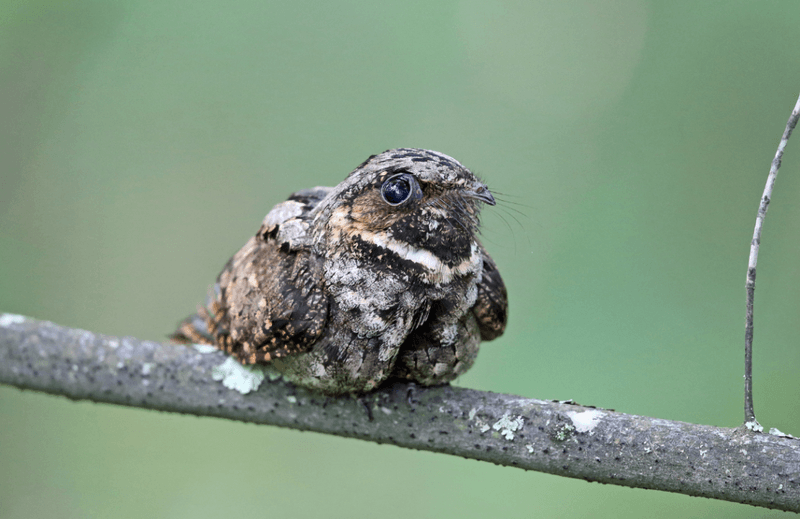
The Eastern Whip-poor-will is more often heard than seen, its distinctive call echoing through the woods at dusk. These nocturnal birds are masters of disguise, blending seamlessly with the forest floor.
Their diet consists mainly of insects, making them essential for pest control. Intriguingly, they nest directly on the ground, relying on their camouflaged plumage for protection.
The song of the whip-poor-will is a quintessential sound of the Shenandoah evenings, connecting visitors to the ancient rhythms of nature. Hearing this bird is like experiencing a living piece of folklore.
River Otter
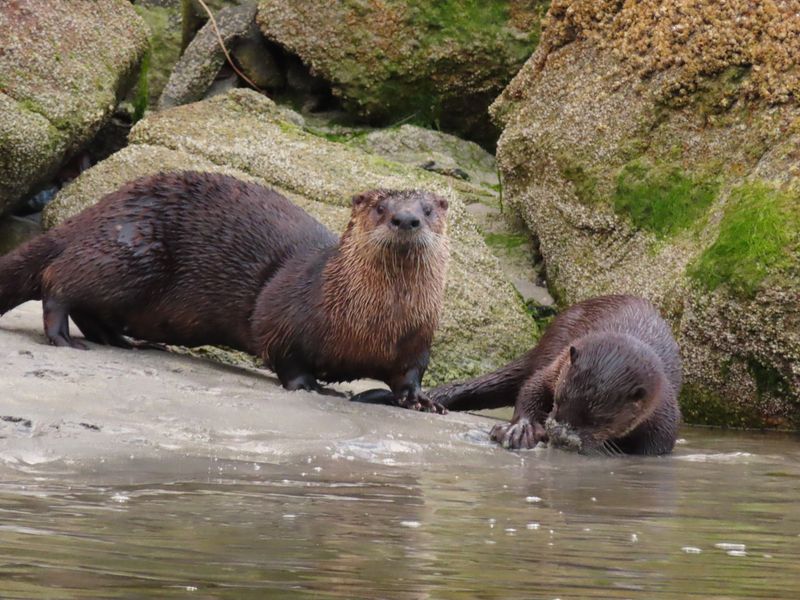
Playful and agile, river otters bring joy and vitality to the waterways of Shenandoah National Park. These social creatures are known for their playful antics, sliding down mud banks and chasing each other in the water.
Their sleek, streamlined bodies make them excellent swimmers, capable of holding their breath for up to eight minutes.
Did you know? River otters have a third eyelid that helps protect their eyes underwater. Observing their playful nature is a reminder of the simple joys of life, as they embody the lively spirit of the park’s rivers and streams.
Cerulean Warbler
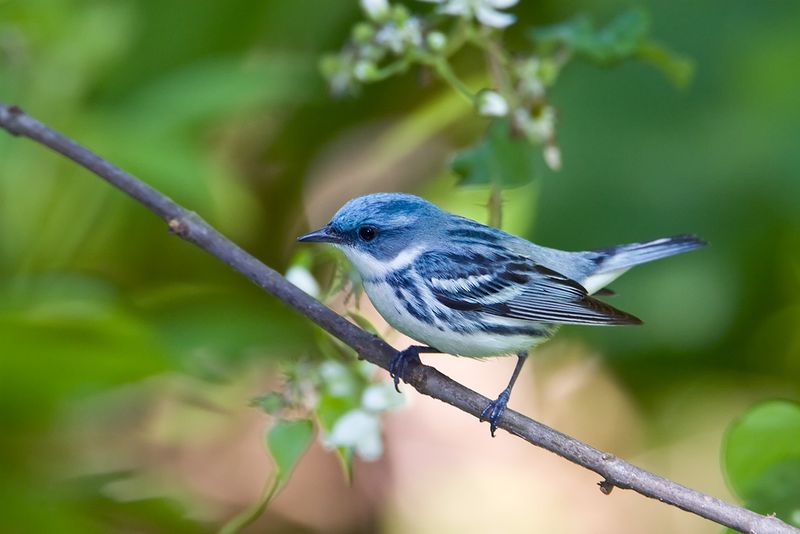
The Cerulean Warbler, with its striking blue plumage, is a jewel of the Shenandoah forests. This small songbird prefers the high canopy, making it a challenge to spot. Its melodious song is often the first clue to its presence.
Sadly, this species is declining due to habitat loss. Conservation efforts are crucial to preserving its population. Did you know? The Cerulean Warbler’s migratory journey takes it as far as South America.
Spotting one in the park is a rare delight, adding a splash of color and a melodious note to the forested landscape.
Red Fox
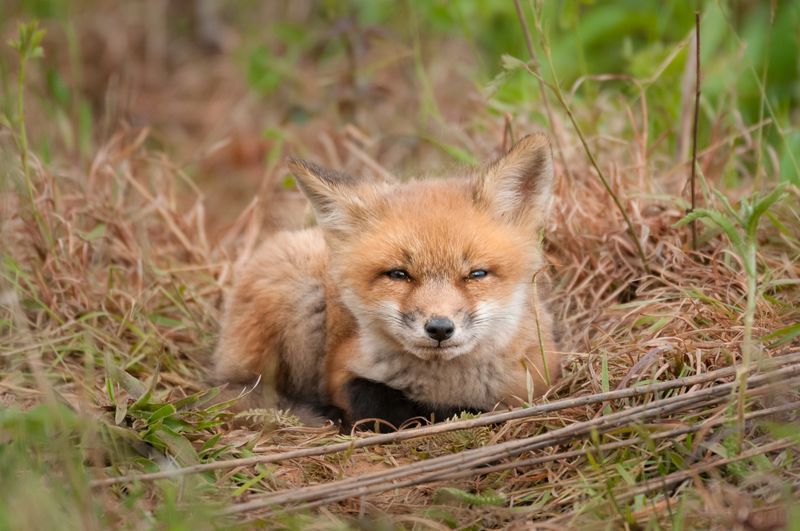
With its bushy tail and sharp eyes, the red fox is a cunning and adaptable predator in Shenandoah. These nocturnal hunters are known for their intelligence and resourcefulness, often seen prowling the meadows at dawn or dusk.
Their rich, reddish fur provides excellent camouflage in the autumn foliage. Interestingly, red foxes communicate with a wide range of vocalizations, each serving a distinct purpose.
Spotting a red fox offers a glimpse into the secretive world of forest life, showcasing the delicate balance of predator and prey that defines the park’s ecology.
Northern Flying Squirrel
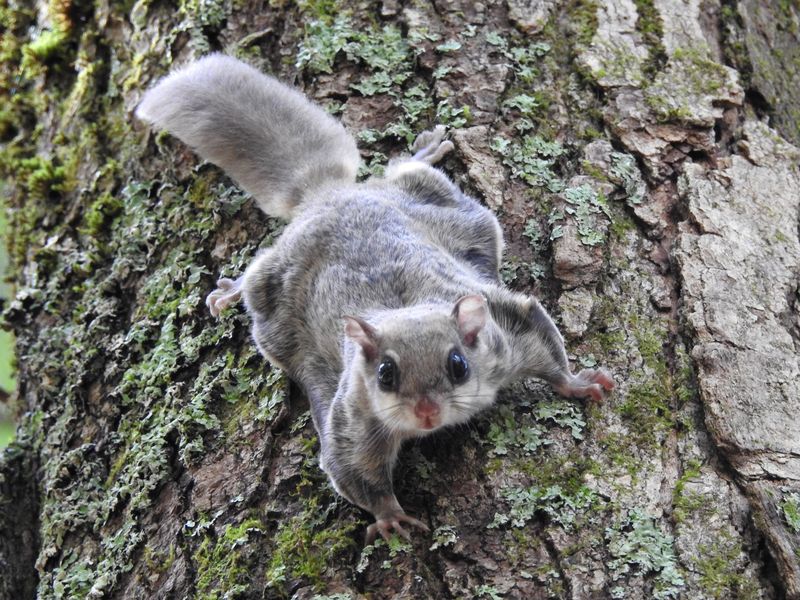
The Northern Flying Squirrel is a nocturnal glider, rarely seen but often heard in the quiet woods of Shenandoah. Using flaps of skin known as patagia, these squirrels can glide considerable distances between trees.
They are primarily active at night, foraging for nuts and berries. Despite their name, they don’t actually fly but glide gracefully. Did you know? Northern Flying Squirrels have large eyes, adapted for night vision.
Observing their silent flights under the moonlit sky is a magical experience, reminding us of the unseen wonders that the park harbors.
Eastern Screech Owl
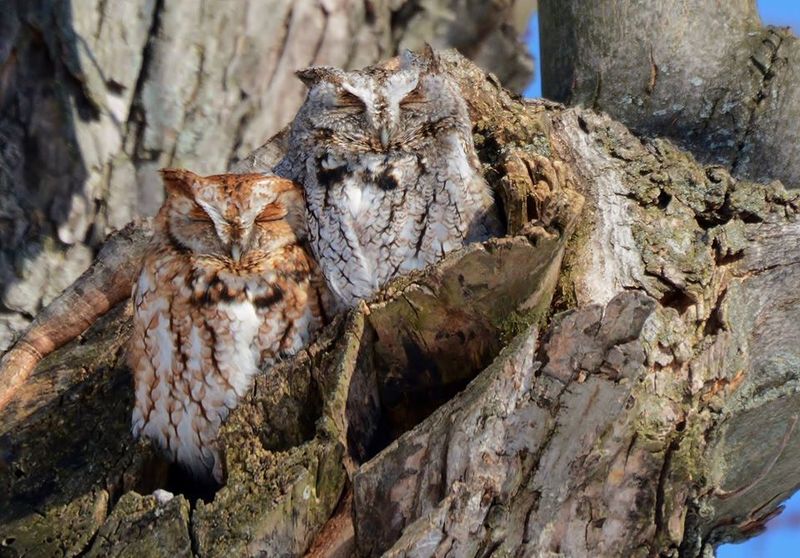
The Eastern Screech Owl, with its distinctive trills and whinnies, adds an eerie charm to the Shenandoah nightscape. These small owls have a remarkable ability to blend with their surroundings, thanks to their mottled feathers.
They are versatile hunters, preying on insects, small mammals, and birds. Their calls are often heard long before the owls are seen. Intriguingly, they can vary their calls to communicate different messages.
Spotting an Eastern Screech Owl is a rare treat, a reminder of the park’s rich nocturnal life, full of mystery and wonder.
Hellbender Salamander

The Hellbender Salamander is a giant among its kind, residing in the clear, fast-flowing streams of Shenandoah. With a body length that can reach up to 29 inches, it’s the largest aquatic salamander in North America.
Their wrinkled skin aids in respiration, allowing them to absorb oxygen directly from the water. Did you know? Hellbenders are sometimes called “snot otters” due to their unique appearance.
Observing one of these ancient creatures is like peering into the distant past, as they have remained largely unchanged for millions of years, marking them as a living fossil.
White-tailed Deer
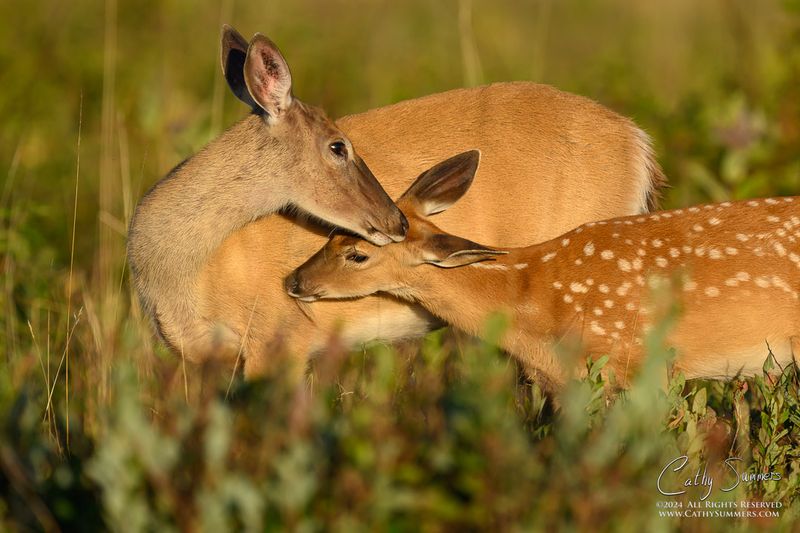
The White-tailed Deer is an emblem of beauty and grace within Shenandoah National Park. These deer are easily recognized by their namesake tail, which flicks upward when alarmed.
They move with a quiet elegance, foraging among the underbrush. Despite being common, they are vital to the park’s ecosystem, influencing plant growth and providing prey for predators.
Interestingly, their antlers, grown annually by males, are a symbol of renewal and strength. Observing a white-tailed deer reminds us of nature’s delicate balance, where every creature plays a role in the circle of life.
Luna Moth

The Luna Moth, with its ethereal green wings and delicate tails, is a nocturnal wonder in Shenandoah. Their life span is brief, with adults living only about a week, during which they do not eat but focus solely on reproduction.
This moth’s beauty lies not just in its appearance but in its fleeting existence. Did you know? Luna Moths are named after the Roman moon goddess, Luna, reflecting their nighttime activity.
Spotting one is a special experience, a reminder of the transient beauty of life and the enchanting mysteries of the natural world.
Black-capped Chickadee
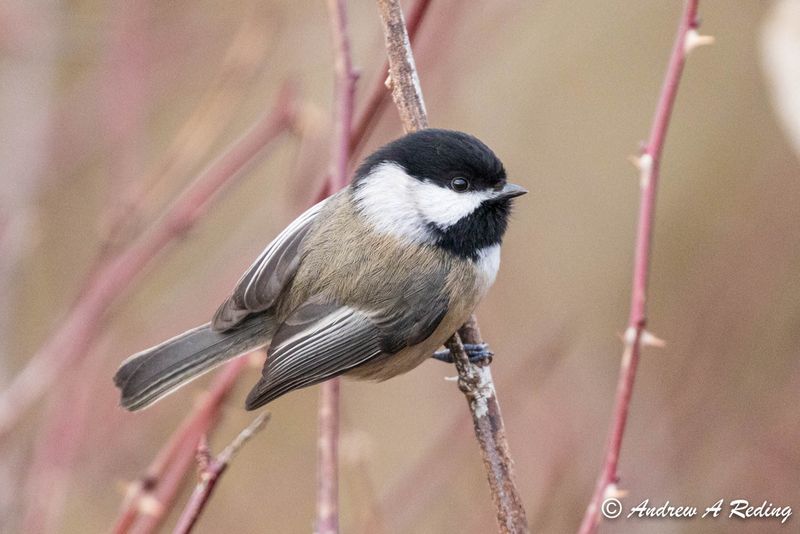
The Black-capped Chickadee, with its cheerful demeanor and distinctive call, is a small bird with a big personality. These birds are highly social, often found in mixed flocks, flitting through the trees of Shenandoah.
Their curious nature leads them to investigate every nook and cranny for seeds and insects. Interestingly, chickadees have excellent spatial memory, remembering where they’ve hidden food.
Their presence adds a lively touch to the forests, as they chatter and sing. Observing a Black-capped Chickadee is a joyful reminder of the vibrant and interconnected life within the park.
Scarlet Kingsnake
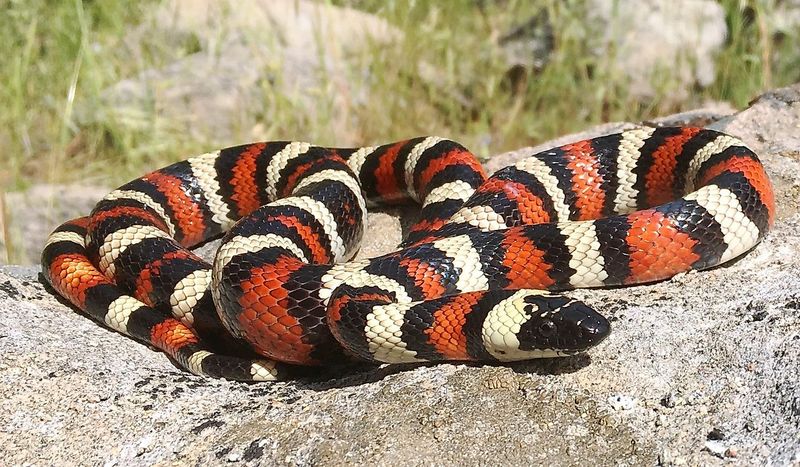
The Scarlet Kingsnake, with its striking red, black, and yellow bands, rarely graces the eyes of Shenandoah visitors. This elusive serpent is often mistaken for its venomous cousin, the coral snake, due to their similar coloration.
Found slithering through the park’s lush undergrowth, the Scarlet Kingsnake plays a crucial role in controlling rodent populations. Its presence is a testament to the park’s rich ecosystem.
A fun fact: the Scarlet Kingsnake mimics venomous snakes to ward off predators. This clever adaptation is a classic example of Batesian mimicry.
Eastern Woodrat
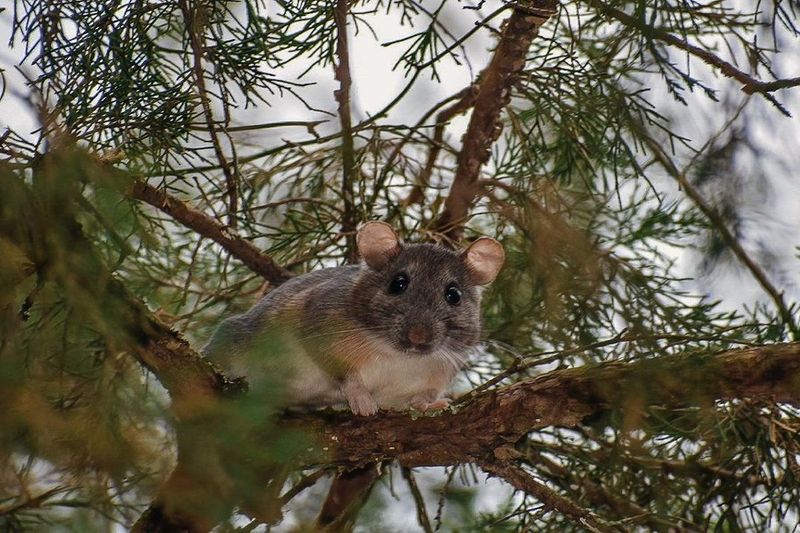
The Eastern Woodrat, a master architect of the woods, is known for its intricate nests made from twigs, leaves, and other forest debris. Often spotted scurrying along the forest floor, this rodent’s large, dark eyes reveal a curious and industrious nature.
With a slightly bushy tail, the woodrat is a nocturnal creature, adding to its elusive charm. Its preference for rocky outcrops and wooded hillsides in Shenandoah makes sightings even more rare and exciting.
Did you know? These rodents are sometimes called “packrats” due to their habit of collecting shiny objects.

